Read time: 7 minutes.
Biological age refers to the physiological age of our bodies, which can be different from our chronological age. Exercise has a positive impact on biological age since it helps to reduce the impacts of aging. Exercise promotes the production of telomerase, an enzyme that is important for maintaining the length of our telomeres. Telomeres are protective structures at the end of our DNA strands. Shorter telomeres are associated with a variety of age-related health issues, including cardiovascular disease, cognitive decline, and cancer. By promoting the production of telomerase, exercise can help to maintain the length of our telomeres and reduce the impact of aging on our bodies.
Also Read: The Role of Nutrition in Healthy Aging
Regular exercise reduces inflammation and oxidative stress, which both contribute to accelerated aging. It has been shown to improve mitochondrial function, which is important for energy production and cellular metabolism. Better mitochondrial function means minimal impact of aging on our bodies. Reducing the impact of aging on our bodies leads to a lower biological age. Regular exercise is important for overall health and well-being and results in a higher quality of life as we age.
Adult athletes are active individuals who engage in regular exercise and physical activity throughout their adulthood. This lifestyle choice has significant benefits for anti-aging, especially for those who have been exercising for a while.
One of the main benefits of exercise for anti-aging in adult athletes is the maintenance of muscle mass. Regular strength training helps to build and maintain muscle mass. This is essential for maintaining strength, balance, and mobility as we get older. Maintaining muscle mass enhances athletic longevity and keeps athletes in the game longer. It also helps to prevent age-related muscle loss, which can lead to frailty and an increased risk of falls.
Also Read: Aging Strong: Tips for Building Muscle and Staying Fit after 50
Another benefit of exercise for anti-aging in adult athletes is the maintenance of bone density. Regular exercise, especially weight-bearing exercises, can help to maintain and increase bone density. This is important for preventing osteoporosis and reducing the risk of fractures, which can be a significant concern for older adults.
Exercise also has cognitive benefits in adult athletes. Studies have shown that regular exercise can improve cognitive function and reduce the risk of age-related cognitive decline. This is thought to be due to the increase in blood flow and oxygen to the brain that occurs during exercise, as well as the release of hormones and growth factors that promote brain health.
Also Read: 7 Natural Brain Boosting Foods and Supplements
Speaking of hormones…
Regular exercise can have significant impacts on hormones in older athletes. As we age, hormone levels naturally decline. This can lead to a variety of health issues, including decreased energy, decreased muscle mass, and decreased bone density. However, through regular exercise, older athletes can increase the production of hormones such as testosterone, growth hormone, and insulin-like growth factor-1 (IGF-1).
All of which are important for maintaining muscle mass, bone density, and overall health. Regular exercise has been shown to improve insulin sensitivity, which can reduce the risk of type 2 diabetes and other metabolic disorders that become more common with age.
It is important to note, however, that the impact of exercise on hormones can vary depending on the type and intensity of exercise. High-intensity exercises, such as weightlifting or sprinting, can lead to a greater increase in testosterone and growth hormone. Aerobic exercise such as running or cycling can increase the production of hormones such as IGF-1. Adult athletes should work with a professional to determine what is appropriate for their individual needs.
So, what type of exercise is best for reducing biological age?
There is no single “best” type of exercise for anti-aging, as different types of exercise can provide different benefits. I recommend a combination of aerobic exercise, strength training, and mobility.
Aerobic exercise can help improve cardiovascular health, increase energy levels, and reduce the risk of chronic diseases such as heart disease, diabetes, and certain types of cancer. Examples of aerobic exercise are brisk walking, jogging, cycling, or swimming,
Strength training with weights or resistance bands can help maintain and increase muscle mass. It can also help improve bone density and reduce the risk of osteoporosis.
Mobility exercises, such as yoga or stretching, can help improve joint movement and reduce the risk of injury. They can also help reduce stiffness and improve posture.
Incorporating balance and coordination exercises can help improve balance and reduce the risk of injury. Examples of these types of exercise are single-leg deadlift, tree pose, jump rope, and footwork drills. While we are on the subject of exercise, here’s a list of 10 Effective Core Exercises for Athletes.
You also want to make sure that the exercise you choose is one that you enjoy and can stick with over the long term. Consistency is key to seeing the benefits of exercise, so it’s important to find a type of exercise that you enjoy and can fit into your lifestyle.
What are the anti-aging benefits of regular exercise?
The benefits of exercise on aging adult athletes are numerous and wide-ranging. Exercise can help to
1. Maintain a healthy weight
2. Increase muscle mass
3. Improve cardiovascular health
4. Improve bone density
5. Balance hormones
6. Reduce inflammation
All of which can help to slow aging or manage age-related health conditions.
Exercise can also improve brain function, increase energy and endurance, and enhance coordination and balance. These are important for enhancing athletic longevity and preventing injury.
Let’s discuss some of these in a bit more detail.
- Improved cardiovascular health.
Exercise helps keep the heart healthy and strong, reducing risk of cardiovascular conditions that can be common in older adults. Improved cardiovascular health is essential for athletes looking to improve their athletic performance. Cardiovascular exercise helps to strengthen the heart and lungs, improving their ability to deliver oxygen to the muscles. Examples of cardiovascular exercise are: running, swimming, and cycling.
Cardiovascular exercise, or cardio, increases oxygen delivery which allows athletes to perform at a higher level for longer periods of time. Ultimately, this reduces fatigue and improves endurance. For athletes looking to improve their athletic performance and keep participating in their activity, a strong cardiovascular system is essential for maintaining high levels of physical exertion and endurance.
- Increased muscle mass.
Exercise helps build and maintain muscle mass, which is important for maintaining strength and mobility as we age. Increased muscle mass can have significant benefits for athletic performance, even in older athletes.
Also Read: 7 Tips to Treat Sore Muscles for Adults
As we age, we naturally lose muscle mass, which can lead to a decline in athletic performance and an increased risk of injury. However, through strength training and resistance exercise, adult athletes can maintain and even increase their muscle mass. This also improved their strength, speed and power. This increase in muscle mass can also improve joint stability and balance, reducing the risk of falls and other injuries.
Increased muscle mass can also improve body composition, which can be beneficial for athletes. Having lean muscle mass and a healthy body fat percentage is an indicator of good physical health.
- Better bone density.
Exercise can help improve bone density, which is important for preventing osteoporosis and other bone-related conditions. Strong bones are essential for supporting the muscles and preventing injuries.
Athletes who engage in high-impact activities, such as running or jumping, are at an increased risk of bone fractures and stress injuries. However, by adding strength training, athletes can improve their bone density and reduce the risk of injury during high-impact activity. This becomes more important for athletic performance as we age. Improved bone density can also lead to better balance and coordination, reducing the risk of falls and other injuries.
- Reduced inflammation.
Inflammaging is a term used to describe the chronic low-level inflammation that occurs in our bodies as we age. Inflammation contributes to a variety of age-related health issues. These include cardiovascular disease, cognitive decline, and frailty. However, regular exercise has been shown to have anti-inflammatory effects, which can help to reduce the impact of inflammaging on our health. Exercise may reduce the levels of pro-inflammatory cytokines in the body, while increasing the production of anti-inflammatory cytokines. These substances help to reduce overall levels of inflammation in the body. This can result in shortened recovery time, and less pain in joints.
Also Read: 7 Anti-Inflammatory Foods for Optimum Wellness
Exercise also helps improve immune function, which can be important for combating inflammaging. Exercise increases the production of immune cells, which helps combat infections and disease. There’s also improved function of the lymphatic system, which is responsible for removing toxins and waste products from the body.
- Improved brain function.
Improved brain function is important for athletic performance, as many sports require quick decision-making, coordination, and focus. Exercise supports brain function, improving cognitive abilities such as attention, memory, and executive function. This is due to the increased blood flow and oxygen delivery to the brain during exercise. Both of these help to promote the growth of new neurons and connections. Exercise also reduces stress and anxiety, which can improve mood, mental health, and well-being, and allow athletes to perform at their best.
Regular exercise has a positive impact on brain health as we age, reducing the risk of cognitive decline and dementia. This neuroprotective effect of exercise can help to reduce inflammation and oxidative stress in the brain.
- Increased energy and endurance.
Increased energy and endurance from exercise can have significant implications on healthy aging. As we age, we naturally experience a decline in energy and endurance, which can impact our ability to perform daily activities and engage in physical activity. However, regular exercise can help to improve cardiovascular health and increase the efficiency of the body’s energy systems, leading to increased energy and endurance.
Also Read: 5 Hacks to Manage Your Energy Not Your Time
There are many factors that can impact energy levels. But increased energy and endurance from exercise can have a positive impact on mental health and wellbeing, reducing the risk of depression and anxiety. It can also improve sleep quality, which is important for overall health and wellbeing. Exercise improves sleep quality and good sleep crucial to feel energized enough to exercise.
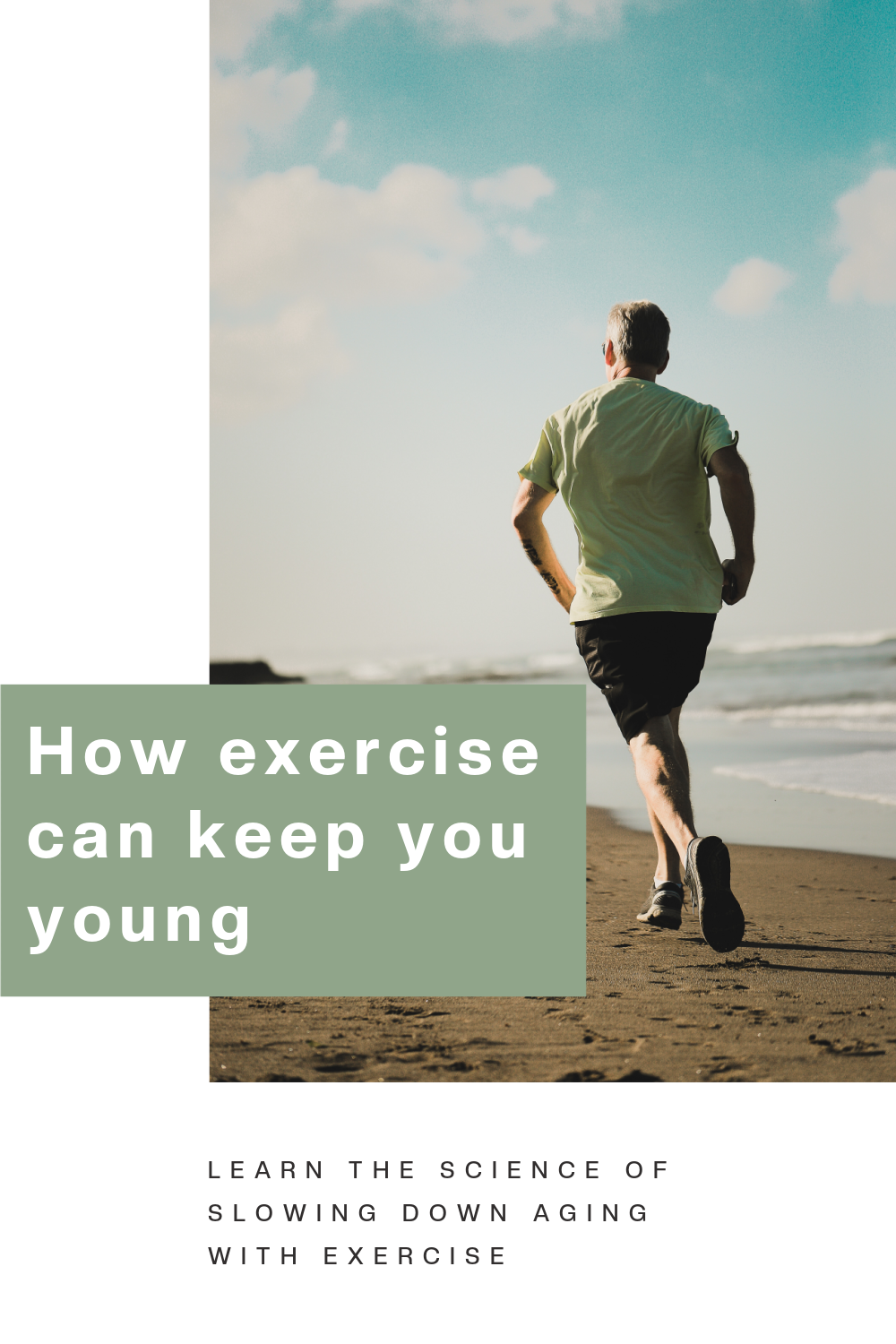
In summary...
Regular exercise is essential for healthy aging, particularly for adult athletes. Exercise can improve cardiovascular health, increase muscle mass, improve bone density, balance hormones, reduce inflammation, and promote better brain function. The increased energy and endurance from exercise can have a significant impact on healthy aging, allowing older adults to enhance athletic longevity and reduce risk of injury.
Incorporating balance and coordination exercises can also help to prevent falls and enhance athletic performance. By staying active and incorporating regular exercise into their lives, adult athletes can enjoy a higher quality of life and age with grace and vitality.
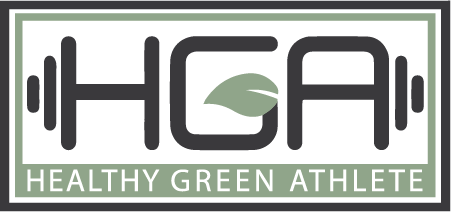
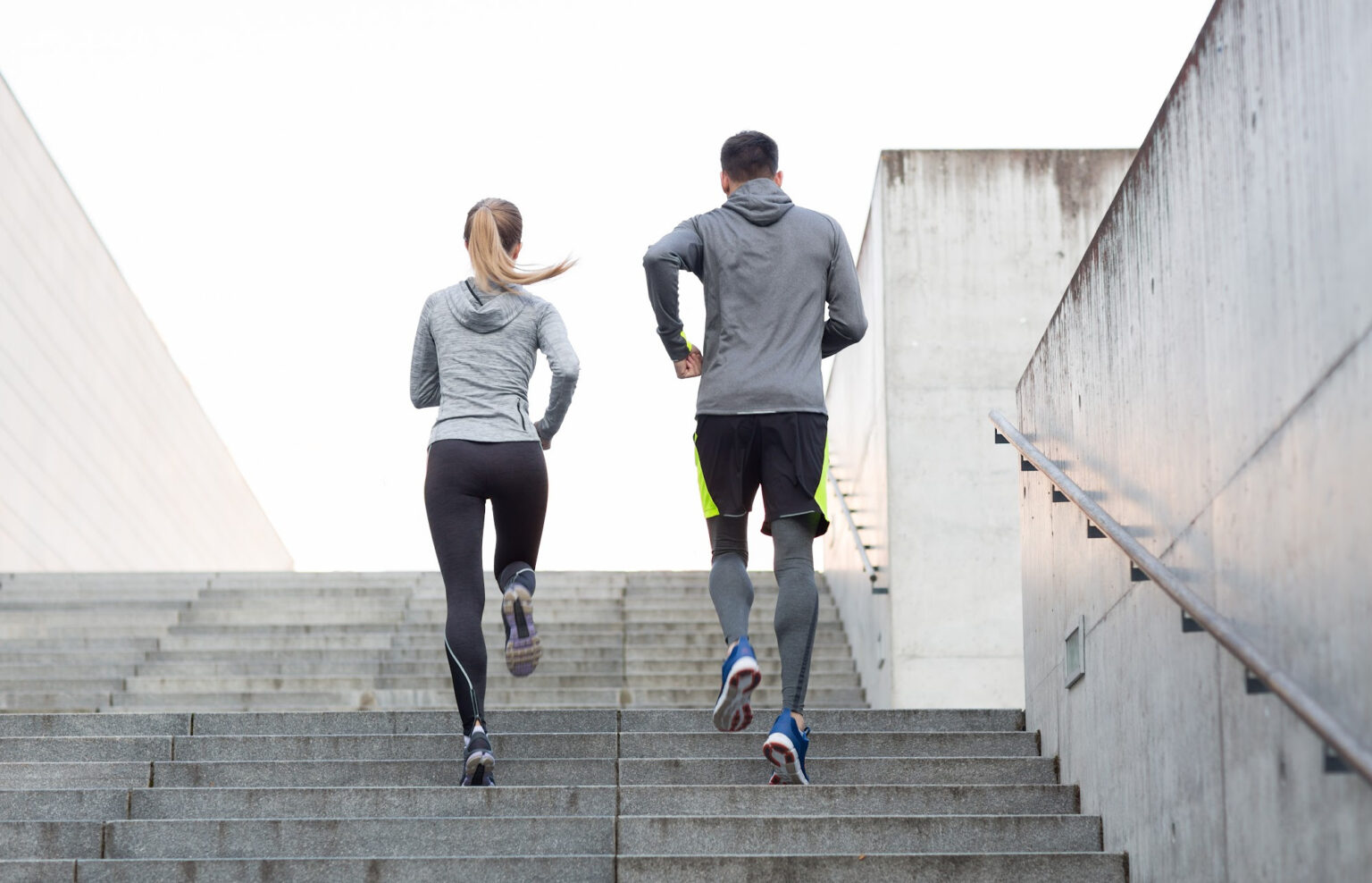
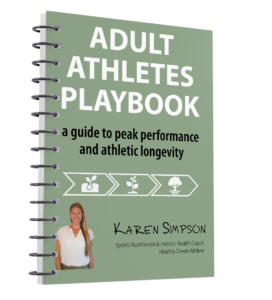

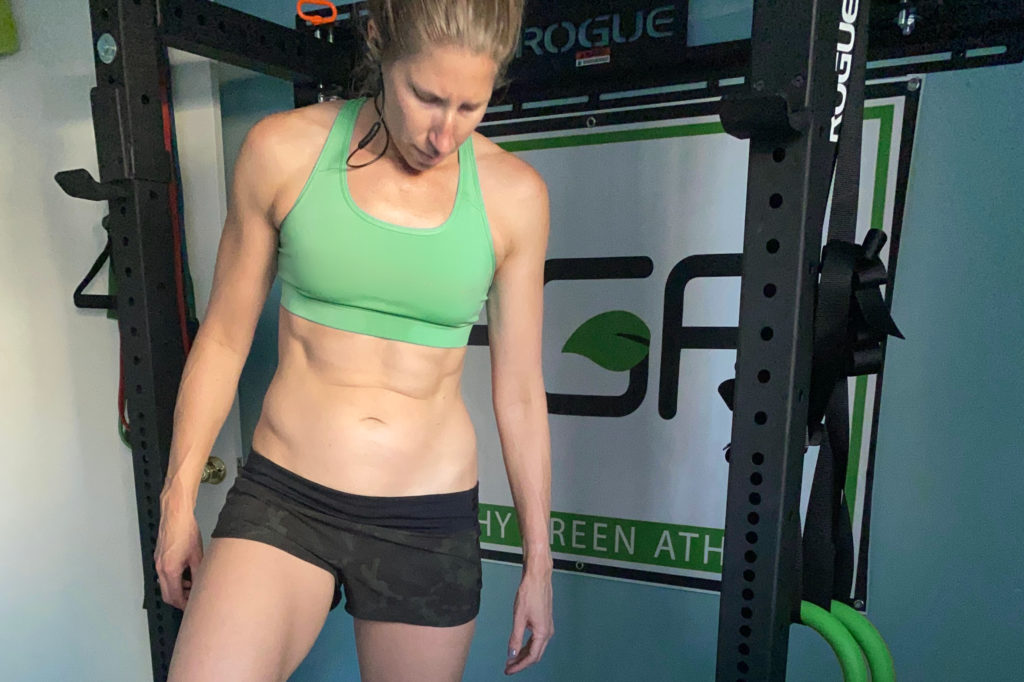

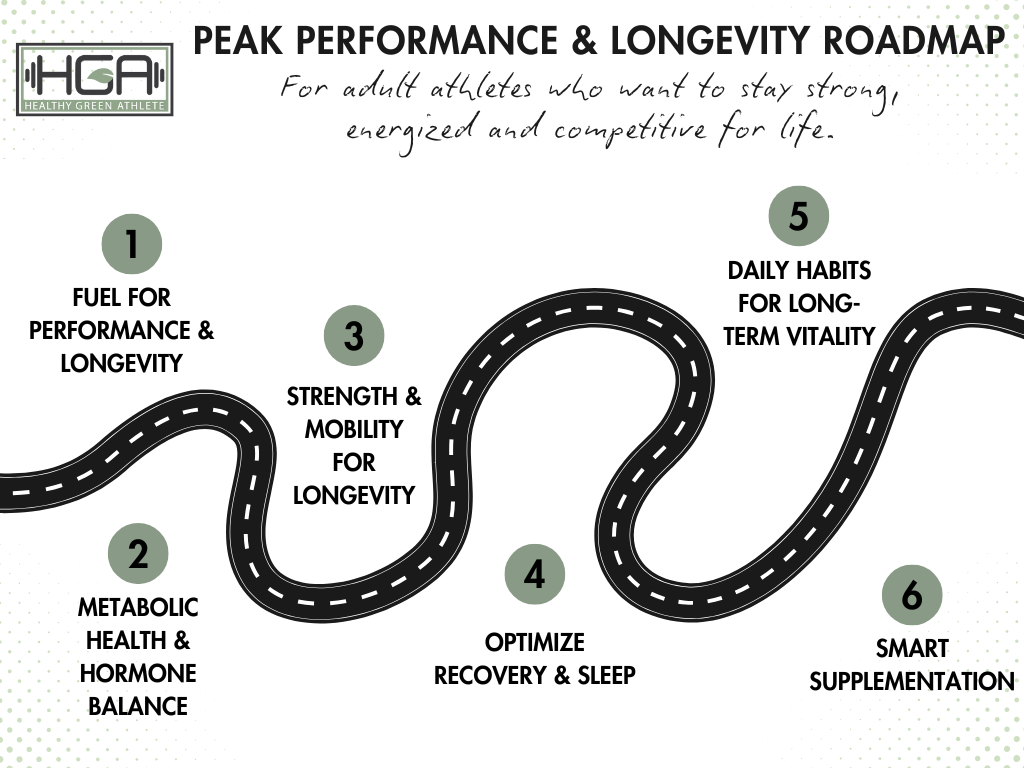

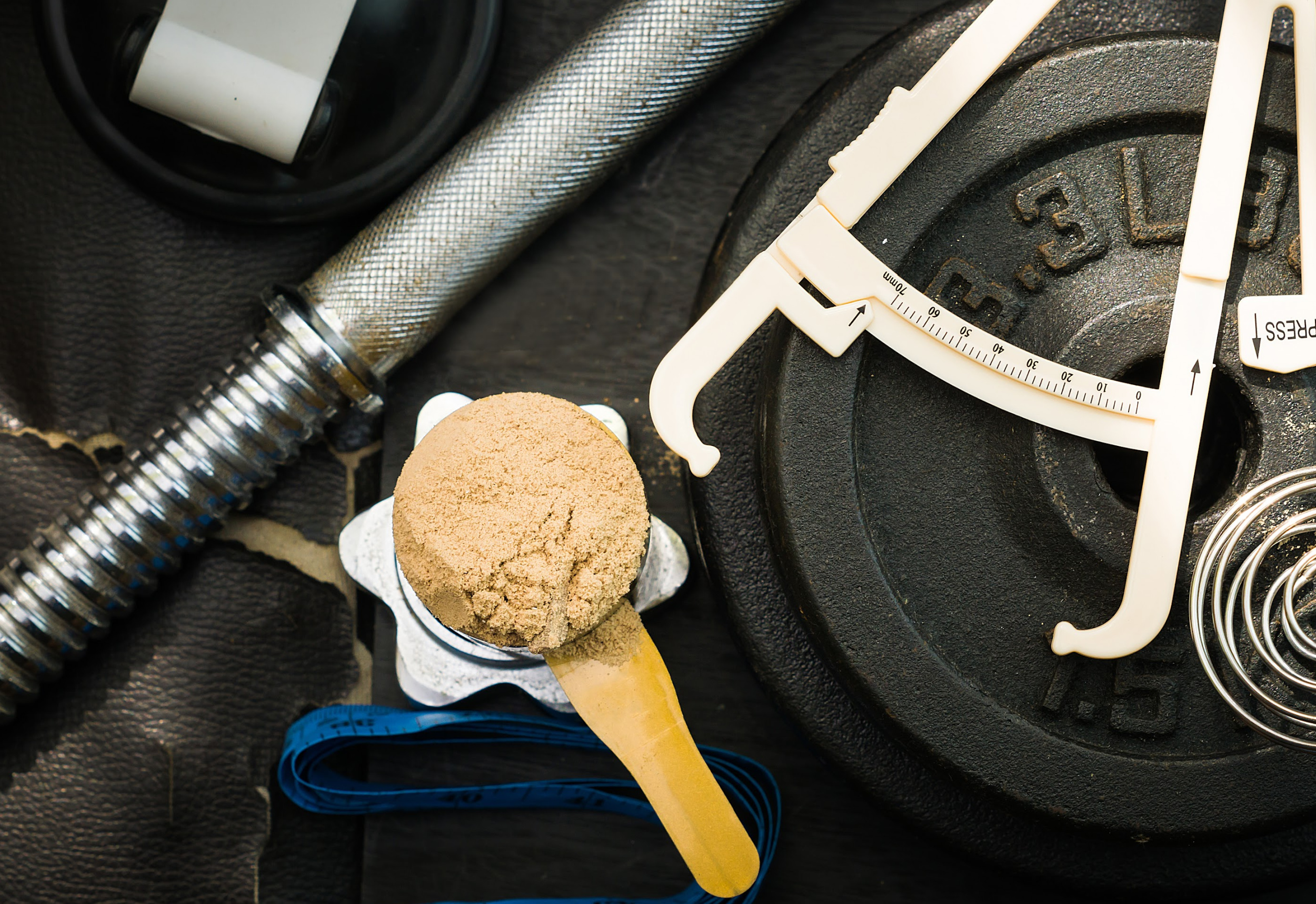
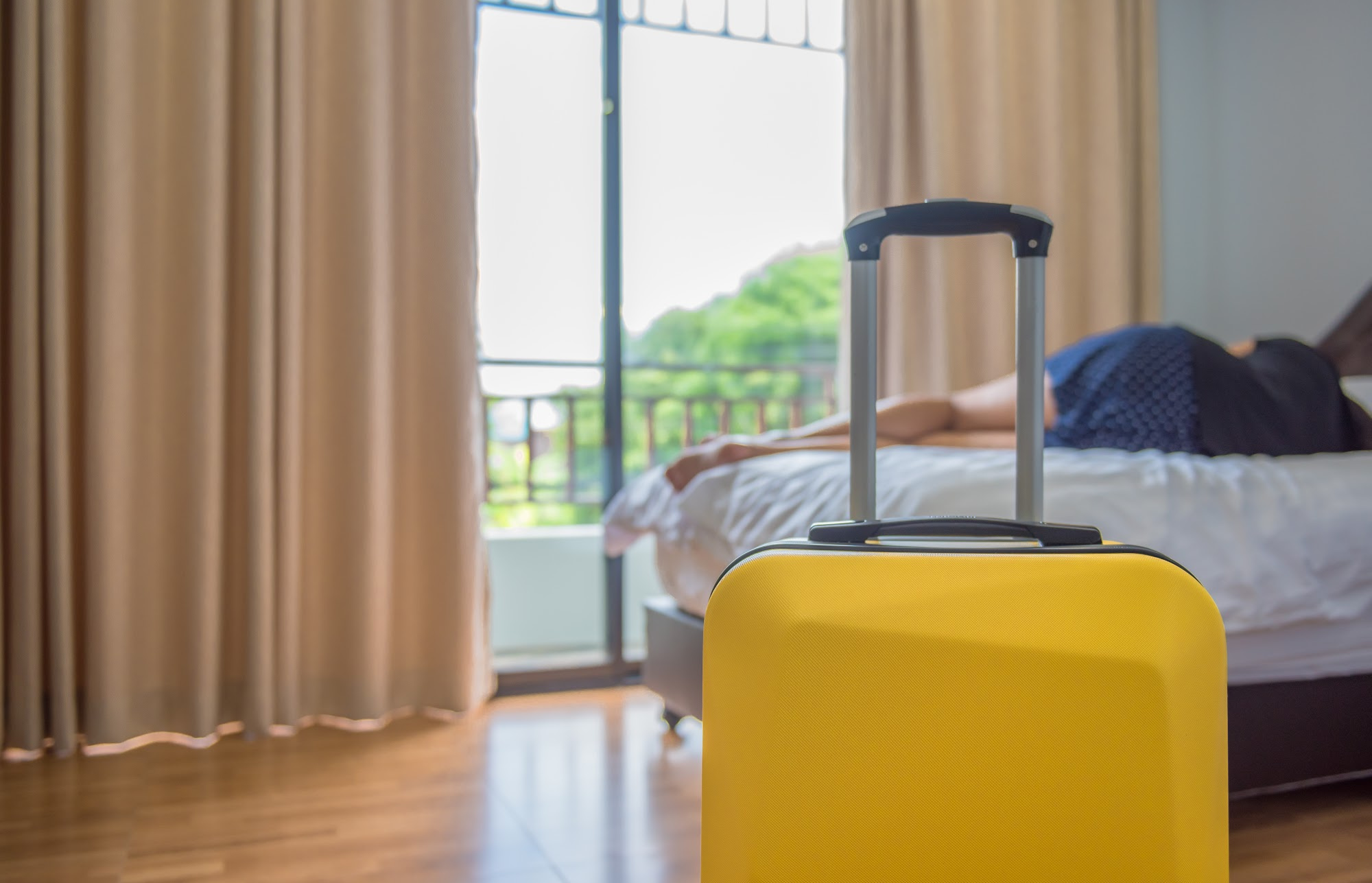
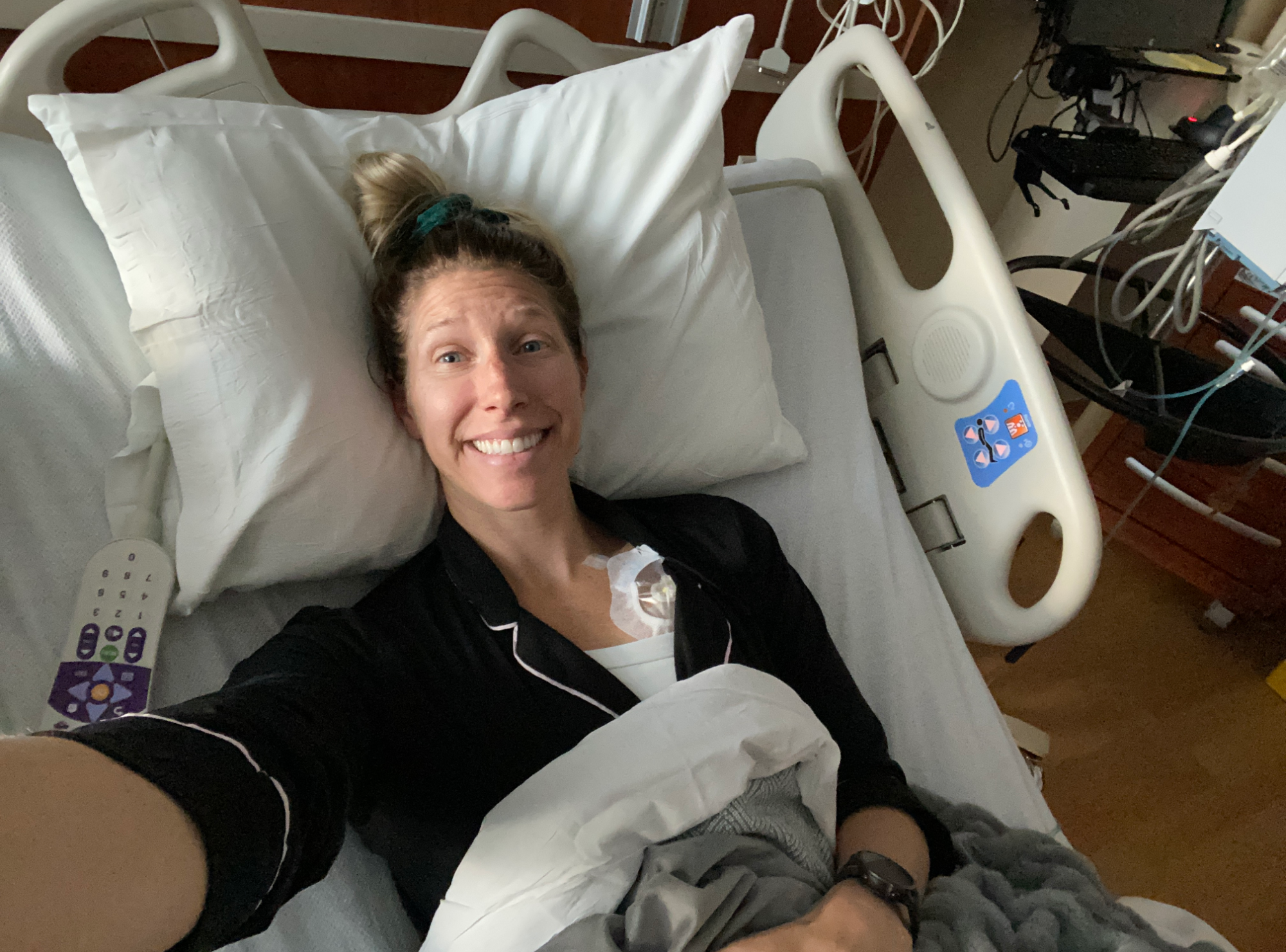
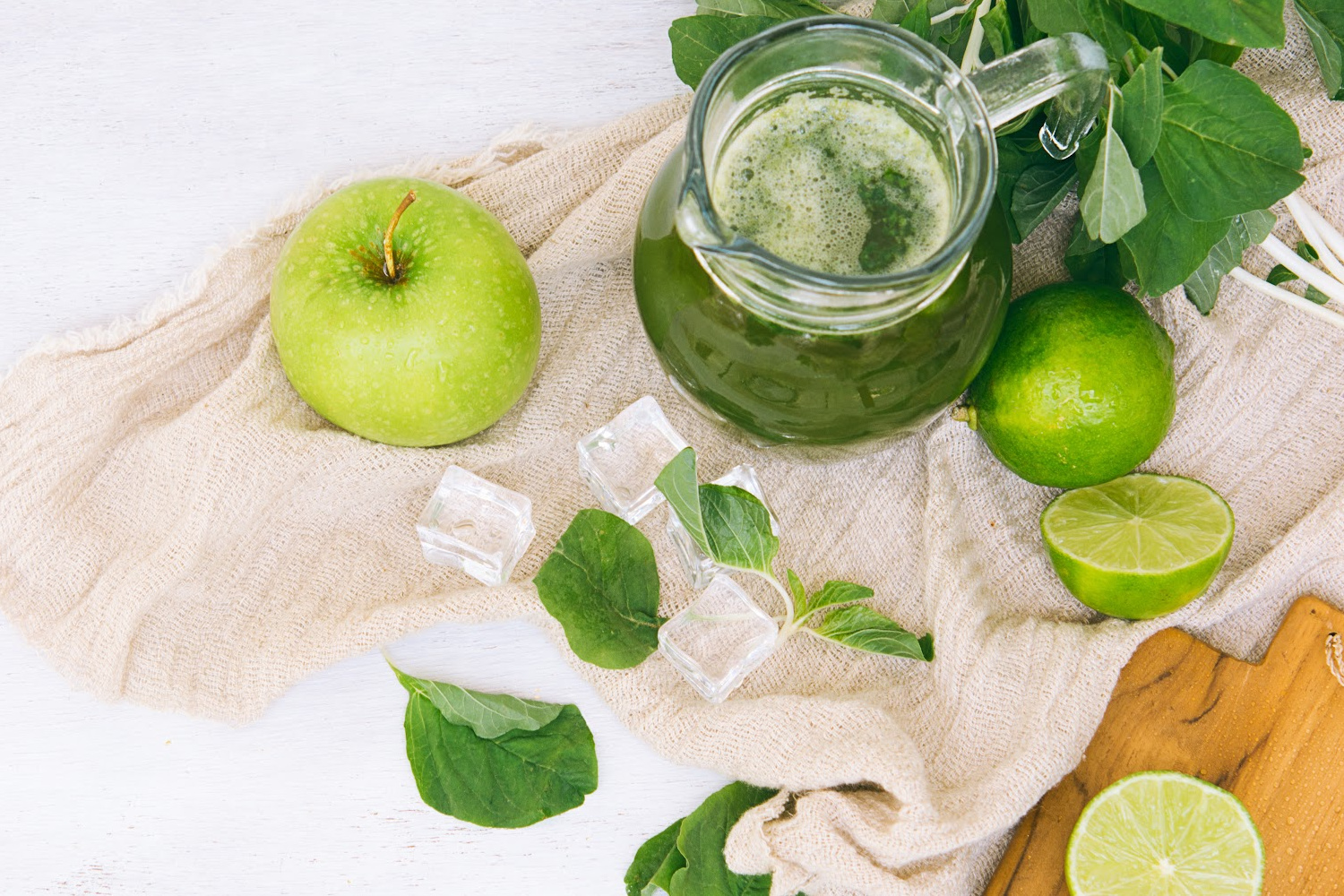

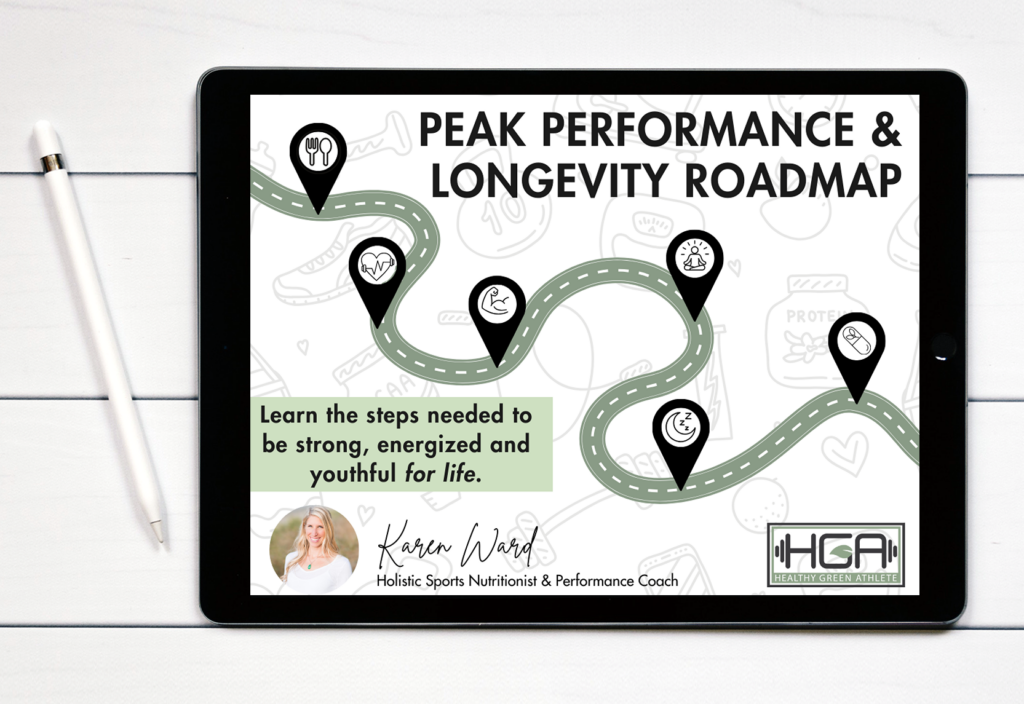
3 Comments
Pingback:
Pingback:
Melissa
Thank you for sharing!